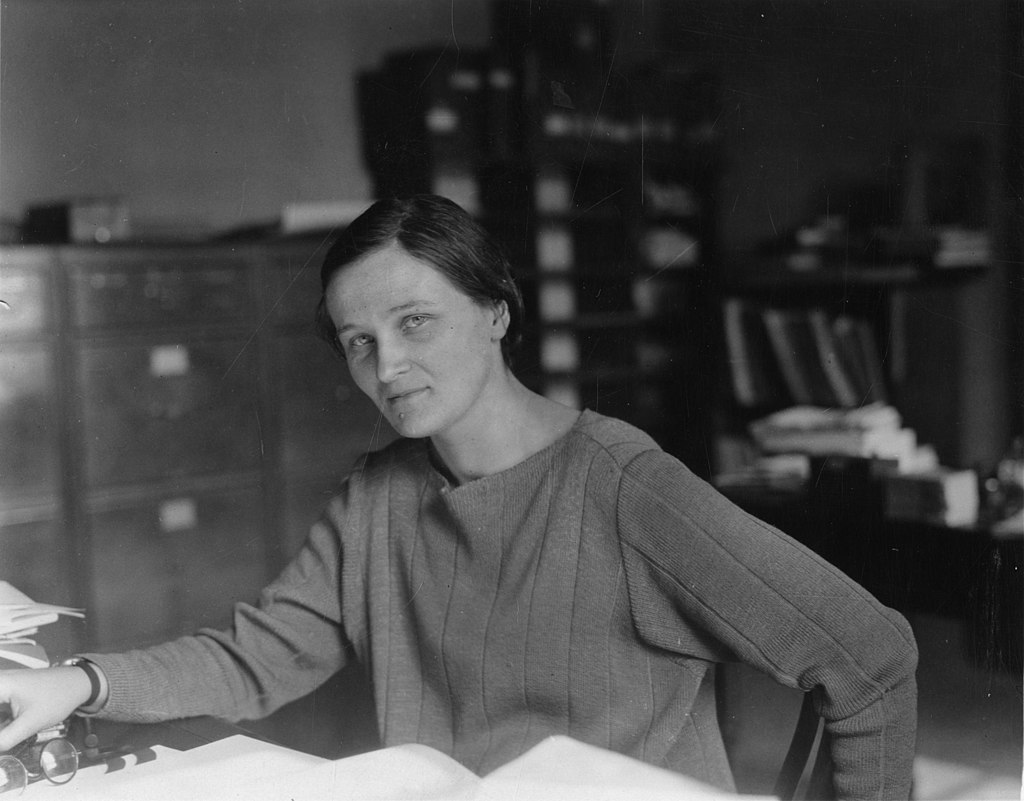Heroes of Science: Cecilia Payne-Gaposchkin
by Scott Dutfield · 15/08/2020

The woman who changed our understanding of the Sun
Cecilia Payne was born in England to highly motivated and successful parents. Her father was a fellow of Oxford University, and her mother was a talented artist from an academically established German family. Still, for all the advantages she enjoyed in life, her gender would prove a hurdle the young woman would have to battle hard to overcome, particularly during her younger years.
She lost her father when she was four years old, but not before he had imbued in her a talent and passion for music. She would later go on to become a skilled pianist, and a tutor would one day implore her to continue with it professionally. However, it was science that stole her heart. Her mother had told her of a bee orchid, a plant that resembled a bumblebee, and upon discovering this Cecilia’s mind was set on pursuing a career in science.
As a young adult she won herself a scholarship to study at The University of Cambridge’s Newnham College, where she began studying botany, chemistry and physics. It was here that she was exposed to the superstars of physics – including Nobel laureates J. J. Thomson, Ernest Rutherford and Niels Bohr. After one lecture given by Arthur Eddington on the general theory of relativity, Payne lost sleep pondering its meaning. Her destiny had been set, and for the rest of her undergraduate degree she majored in physics and became absorbed in astronomy, her true passion.
Cambridge University, like English academic institutions in general in the 1920s, were conservative and chauvinistic establishments. So when Payne completed her studies she was not awarded an official degree on account of her gender. Knowing that her career in science would be stymied if she remained in the UK, she set sail for Harvard’s Radcliffe College to work with Harlow Shapley and Princeton’s Henry Norris Russell, two of the most prominent researchers in her field at the time.
In just two years, Cecilia completed her PhD thesis on the chemical composition of the stars. Her results proved groundbreaking: the Sun was made up mainly of hydrogen and helium. But Russell, who disagreed with her assertions as they flew in the face of the accepted dogmas of the day, urged her to not trust her findings. She relented and followed his advice. However, Russell would, somewhat ironically, declare her findings correct four years later when he himself reached the same conclusion as Cecilia by different means.
Cecilia remained at Harvard for the rest of her academic career and grew into a huge success story. Her future husband found work at her observatory and helped her raise three children, and in the mid-1950s Cecilia made history again by becoming the first woman in her department to be promoted to a professorship.
She died of lung cancer in 1979 and was survived by her husband and children. She left behind a legacy as one of astronomy’s most inspirational women.
The enlightening concept that sealed Payne’s place in history
In the 1920s scientists thought that the Sun bore a similar elemental composition to that of the Earth, but conventional wisdom at the time grossly underestimated the proportion of hydrogen and helium – the two lightest elements – relative to the heavy metals. Cecilia would rectify this during her doctorate, as she scoured Harvard’s vast library of star emission spectra to analyse not only the Sun but other, more distant stars for their chemical compositions. After solving a way to quantify the intensity of absorption lines emitted by stars, she was able to calculate the abundance of each element. To her amazement she discovered a gargantuan amount of hydrogen and helium relative to the other elements.
This article was originally published in How It Works issue 123, written by James Horton
For more science and technology articles, pick up the latest copy of How It Works from all good retailers or from our website now. If you have a tablet or smartphone, you can also download the digital version onto your iOS or Android device. To make sure you never miss an issue of How It Works magazine, subscribe today!





